School of Business Administration 2nd. years Kotaro Kato
Abstract
Uber is a popular ride-hiring app in the US. Using this app, we can get to airports and tourist attractions faster. The app is popular in the U.S. due to its low fares and convenience and has been downloaded more than 500 million times as of September 2019. In Japan, it is possible to use it within adjacent cities, but it is not fully used yet. In this article, I will examine the situation of Uber in Japan and the United States and compare the results to discuss the possibility of Uber’s full-scale operation in Japan and how to improve its usage Japanese culture based on my experience of studying abroad.
Keywords: ridesharing
1. Introduction
The reason why I participated in this study program was to clarify the differences in car dispatch services between Japan and the United States through this language study program at UCLA. Before I joined this program, I noticed a difference in the use of taxis between Japan and the United States. We found out that Uber and other private ride-hiring services are popular in the United States. I also learned that Uber exists in Japan, but not in private use. In addition to asking questioners Uber users and drivers how they are using the service, I also decided to look into how they feel using the service as well.
I participated in this program (August 25, 2019 – September 14) as it was a good opportunity for me to hear the voices of users and drivers directly while I was actually using Uber while studying in the U.S.
2. What is Uber?
Uber is a ride-hailing website and app run by Uber Technologies, an American company. It currently operates in more than 450 cities in 70 countries and regions1). The system is similar to a taxi company, except that Uber is driven by a civilian, while taxi companies are driven by professional drivers. Uber also requires that you pay by credit card, not cash.
In addition to the default Uber X (Figure 1), Uber’s ride-hailing service allows customers to choose from a variety of services, including Uber XL, which allows for six-seat riders, Uber Pool, which allows riders to share rides at lower fares, and Uber Select, which allows drivers to ride in luxury cars.
Uber drivers are rated on a five-point scale by users. Some drivers provided their own services to get credit. When I was using Uber, I was able to find a free water service and a service like a bus guide that tells me about popular spots in the United States.

3. Differences in Uber usage between Japan and the U.S.
First, I observed Uber’s visibility. A total of 50 people participated in the survey and found that 80% of respondents in Japan and 30% of those in the United States answered (Figures 2 and 3). It’s clear that Uber is here.
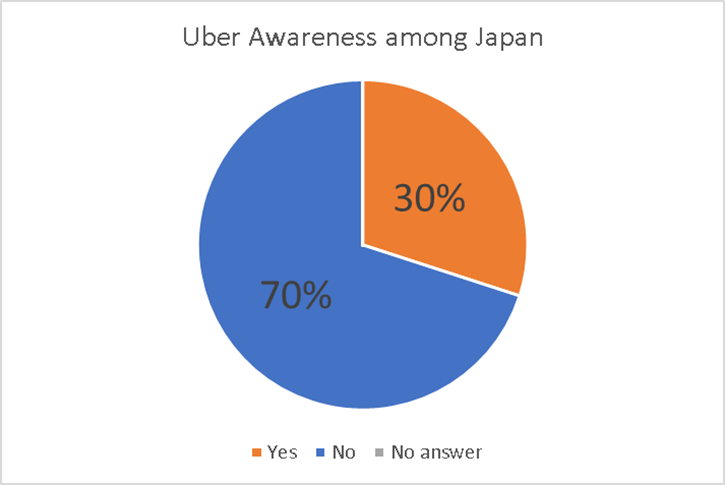
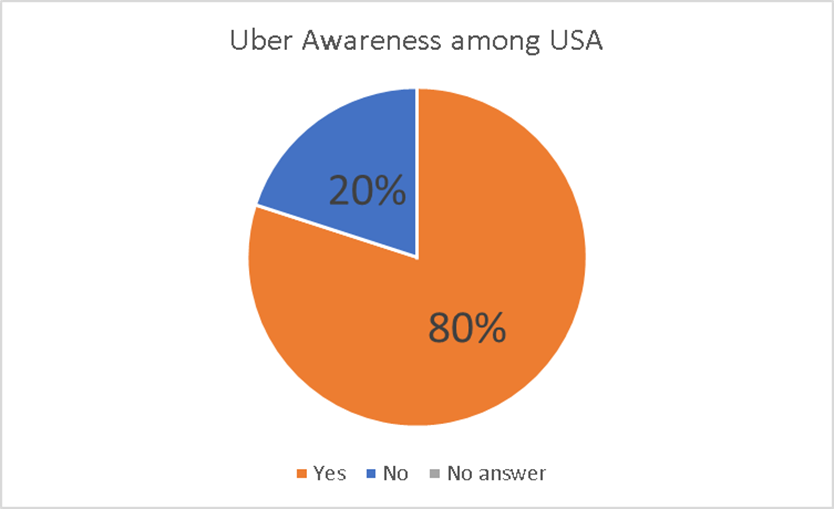
Next, I observed Uber usage in conjunction with car ownership. The results show that Japanese students own 48% of cars, Uber use 6%, and U.S. students own 76% and Uber use 62% (Figures 4, 5, 6, and 7).
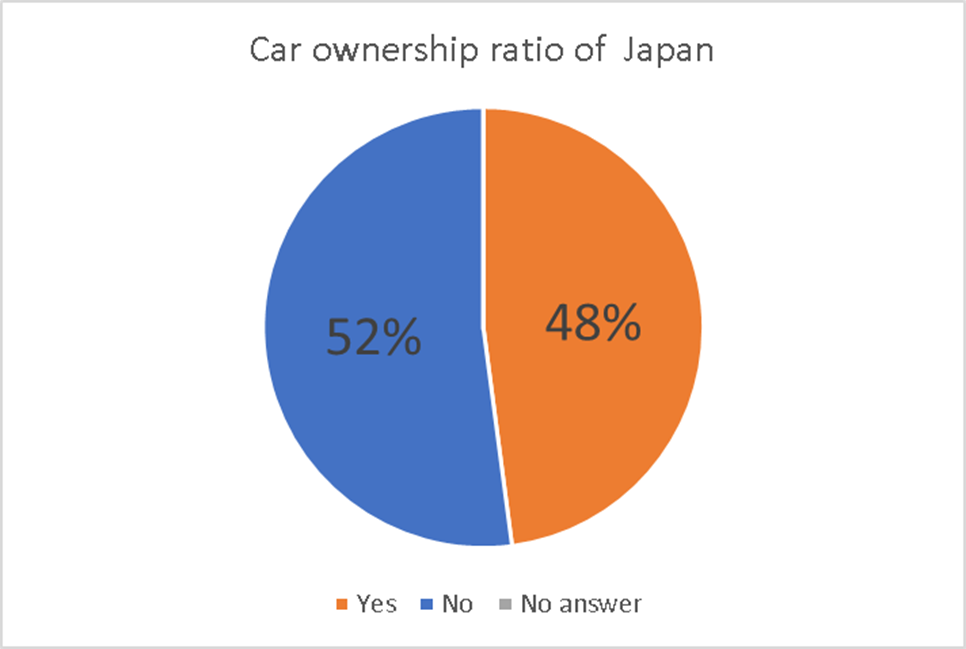
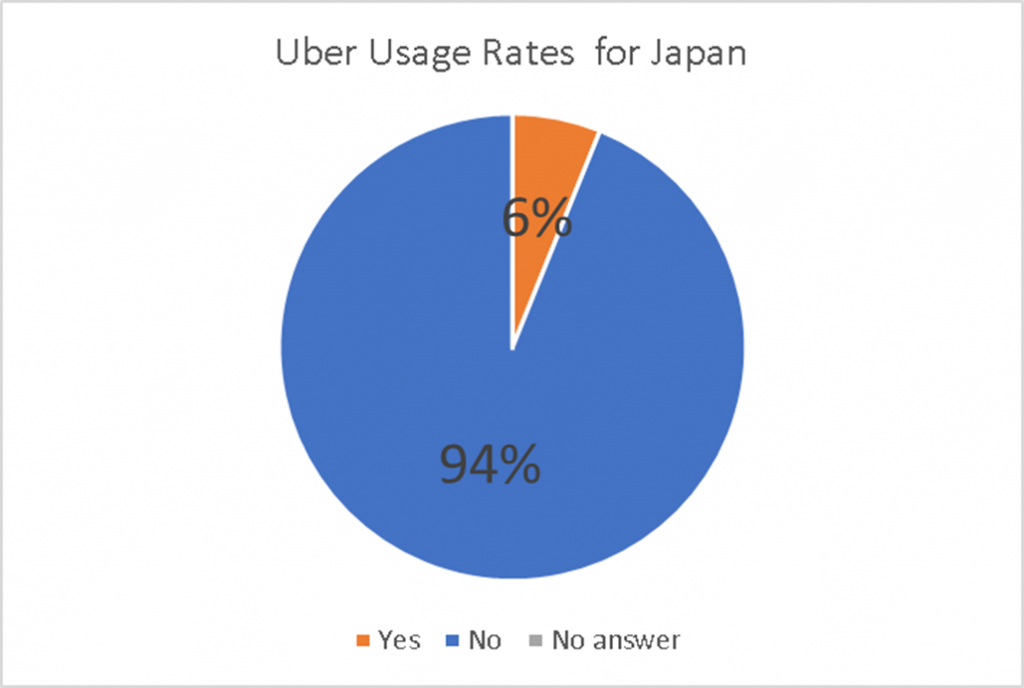
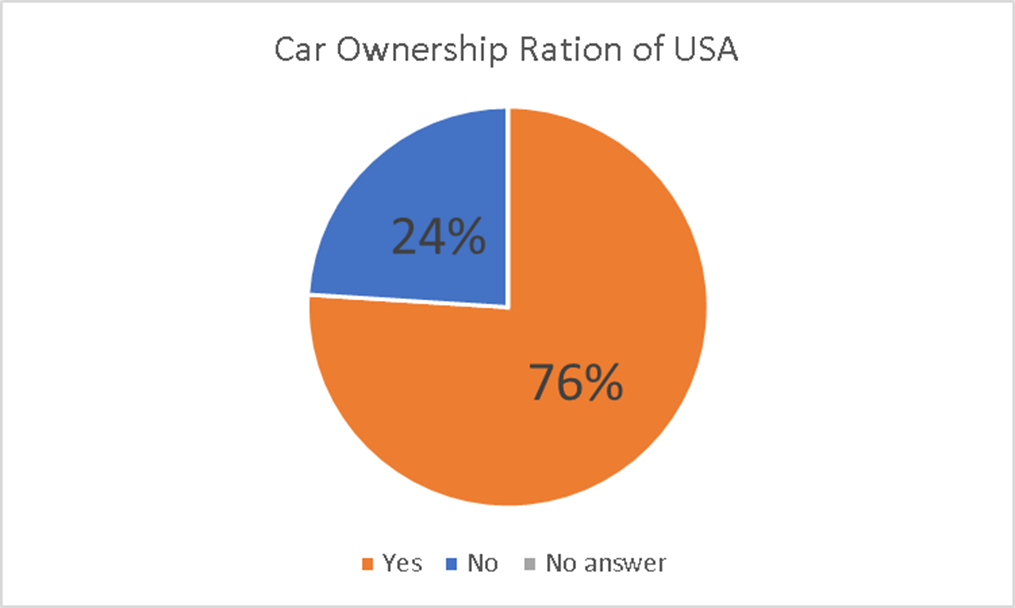
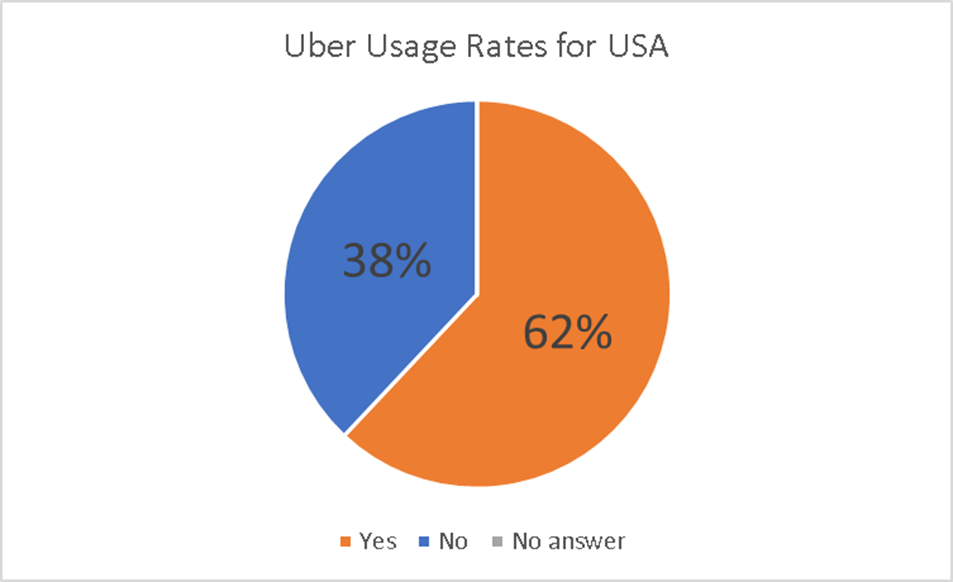
Next, I focused on how often I use Uber. The results showed that the Uber users in Japan were not only few, but they were also used less frequently (Figure 8). In contrast, many users in the U.S. use the service less frequently, with the highest users only using it 2 ~ 3 times a week (Figure 9). Figure 6 and 7 show that no one uses Uber as a replacement for their own car.

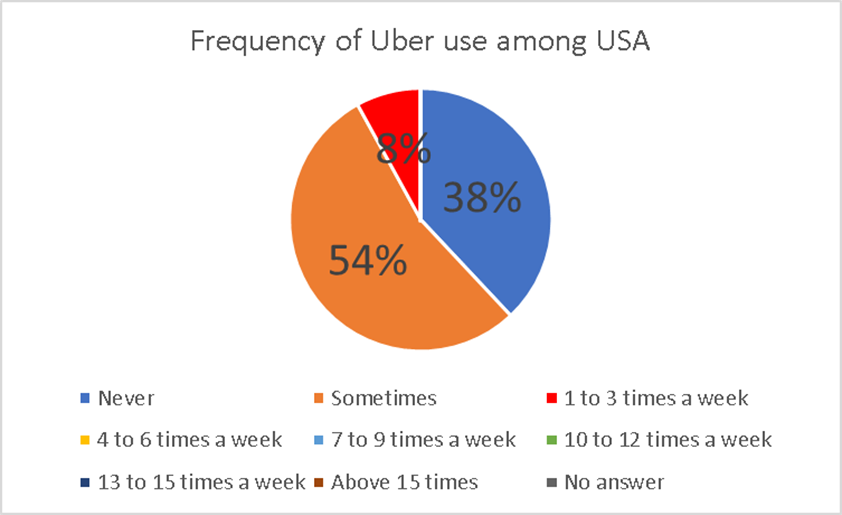
Next, I looked into whether Uber is useful. As a result, in Japan, it was 17% for “Yes” 2% for “No” and 81% for “I don’t know.” (Figure 10). In contrast, in the United States, it was 60% for “Yes” 10% for “No” and 30% for “I don’t know.” (Figure 11).
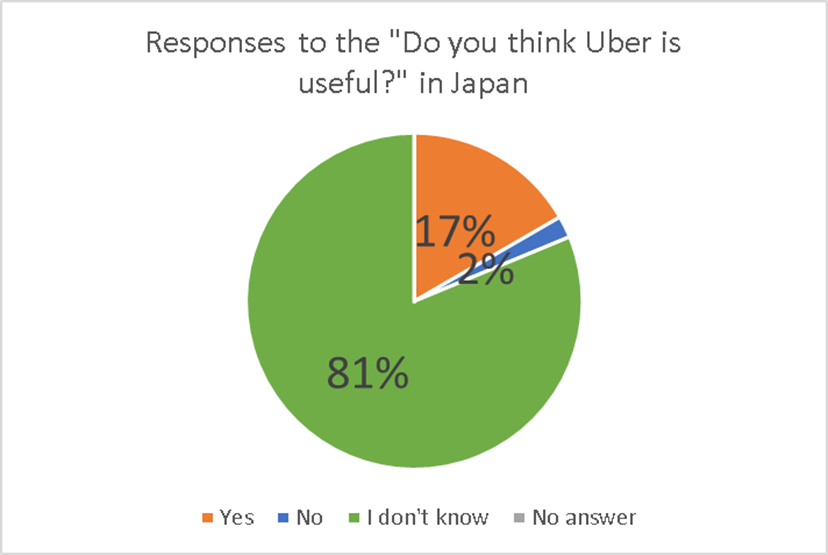
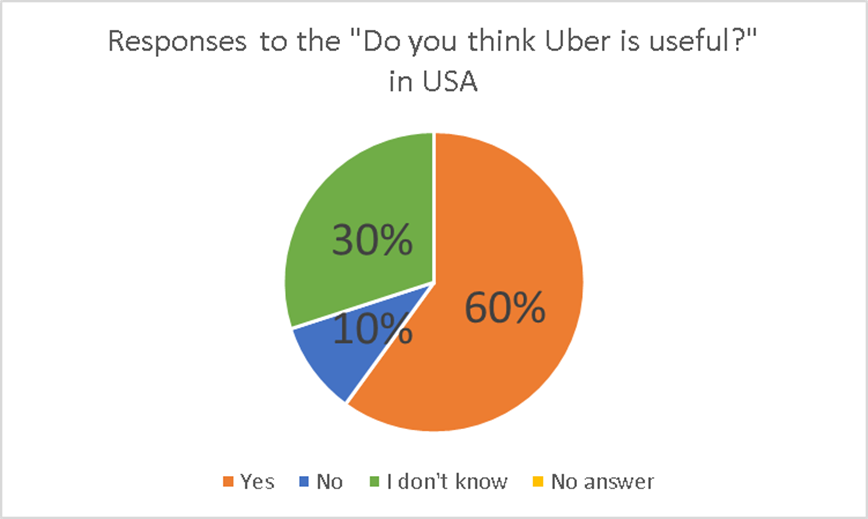
Finally, I investigated the reasons for convenience or inconvenience. The main reason given by those who answered “Yes” was “The fare is low.” in Japan, and in the United States many people answered, “I often use it when I go drinking.” in addition to fares (Table 1).
Table 1 Reasons for answering “Yes”

Next, I investigated the reasons for those who answered “No”. While many Japanese don’t know Uber in the first place, so few people answered “No” in the U.S. some people said their own cars were sufficient and others said they live in areas where Uber is not in service (Table 2).
Table 2 Reasons for answering “No”

Finally, I looked at the reasons for those who said, “I don’t know.”. In Japan, there are people who don’t know or have never used Uber in the first place, but there are also people who are concerned about their creditworthiness and local maintenance. Because Uber is so well known in the U.S., few people said they didn’t know it (Table 3).
Table 3 Reasons for answering “I don’t know.”
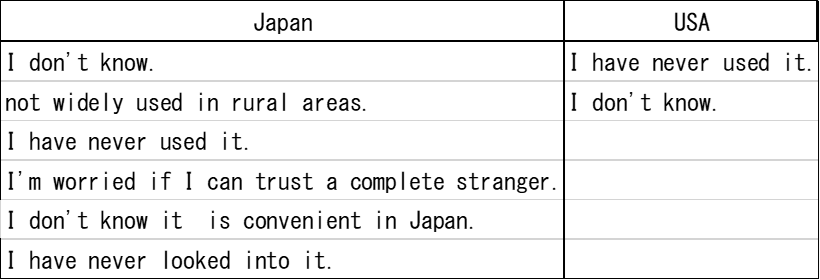
This indicates that few people in Japan knew about Uber and understood its usefulness. To run Uber in Japan, you need to understand Uber first. And because Japan bans ridesharing like Uber as an “unlicensed taxi action” you’ll need to sign up for “A system of public transportation based on the Road Transportation Act” 2).
4. Ride sharing business in Japan
The ridesharing business was initially illegal in almost all countries, but it remains banned in continental law countries such as Germany, France and Japan, while new rules legalize it in the United States, the United Kingdom and China 3). In this regard, Japan lags behind the three countries in developing laws. How can we introduce a legitimate ridesharing business in Japan?
As mentioned above, ridesharing is prohibited in Japan as “unlicensed taxi action”. The reason for the ban is that some ridesharing drivers are not skilled enough. Since Uber’s ability to become a ridesharing driver (Figure 12) doesn’t fit in Japan, I think we should introduce a practical and written test to measure whether a driver has a certain level of driving skills. If such tests could be taken in places like automotive schools, those with unskilled driving skills would be able to emit safe drivers without becoming ridesharing drivers.
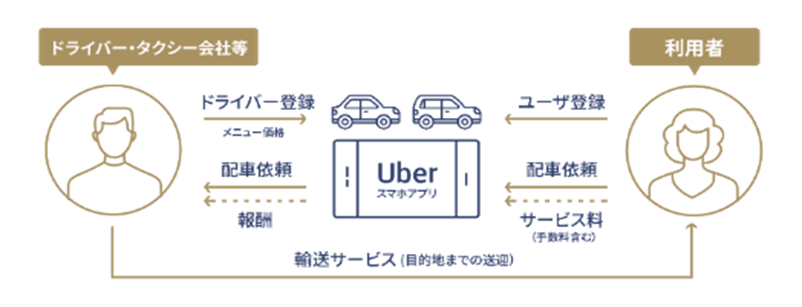
5. What I learned in class
In the morning, I took business class and academy class. I learned about garage sales in the business class taught by Mr. Fawzia garage sale is an event held informally by an individual to buy and sell used items 5).

They sell fashion goods, stationery and even furniture. In this trade, it is not necessary to have a license to trade or to pay sales tax, so it can be bought at a lower price than ordinary shops.
In the academy class taught by Annica, she communicated with her students and answered questions that came after watching TV shows or movies. The most interesting movie was “Truman Show”. “Truman Show” is a story about Truman, who has been filmed and broadcast since he was born and tries to get out of it. What I find interesting about this movie is the product placement that replaces TV commercials. Product placement is a method of advertising, in which the name of a company or product (Trademarks) is displayed in a movie or TV drama as a prop for an actor or as a background 6). This method is used not only in the United States but also in Japan. For example, in the movie “Garden of words”, in order to realistically cut modern Japan, products from real brands such as Diana, FILA, and TRANS CONTINENTS are placed in costumes 7).
For the afternoon class, I took the Discovery class led by Professor Mark. In this class, students take extracurricular lessons at school and listen to music in the classroom. At times, extracurricular lessons include interviews and surveys, depending on where you are going. Shown below is an explanation of the task (Figure 14).
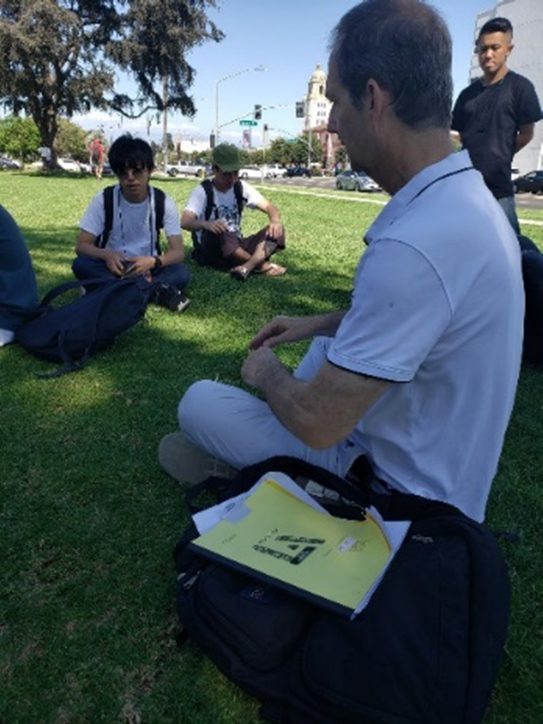
I also joined the tour as part of an extracurricular program in Hollywood. A guide told me about Chinese theaters and Hollywood movie theaters. Thanks to the Hollywood actor’s explanation, I could fully understand the history and architecture of Hollywood.
6. Conclusion
In this article, following observations were clarified.
1 Uber drivers are doing their own things to get better reviews.
2 In Japan, there is a lack of understanding towards Uber, so understanding is necessary to introduce it.
3 The introduction of a practical and written test to become an Uber driver may reduce the number of unskilled ridesharing drivers.
Through this study abroad program, I was able to improve my English conversation and communication skills. I was also able to experience the ridesharing situation and culture of the United States. I was especially happy to talk to Uber drivers. This program became very valuable to me. I would like to apply this experience to my college life in the future and apply it to my work after graduation.
Note: Questionnaires used in the survey are included at the end of the report (Figures 15 and 16).
Acknowledgment
This study abroad program is a part of the research work at Asahi University. I would like to express my gratitude here. In addition, this training was supported by subsidies for university expenses.
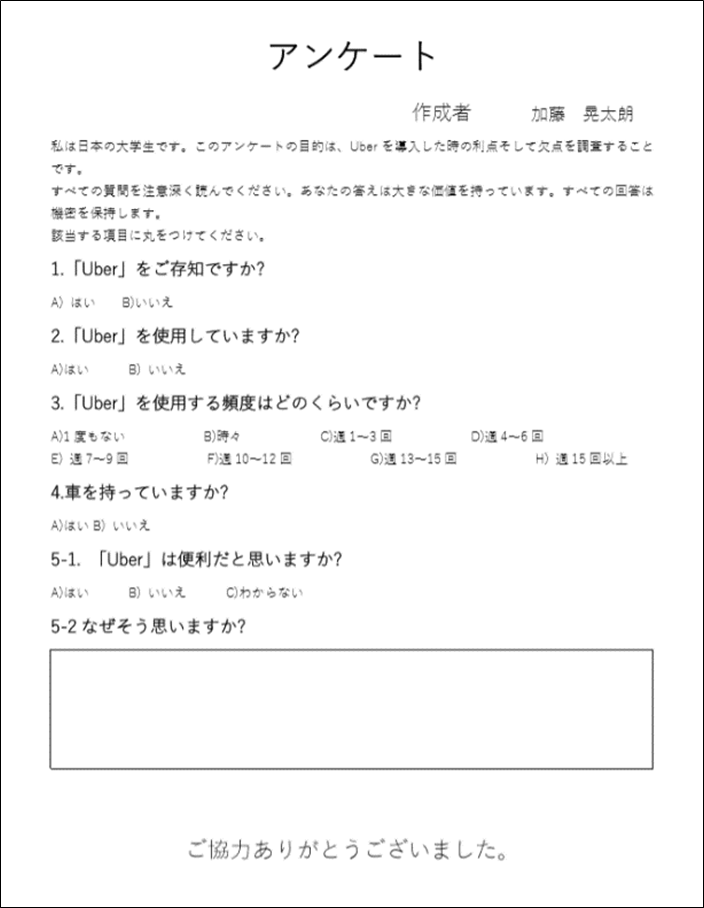
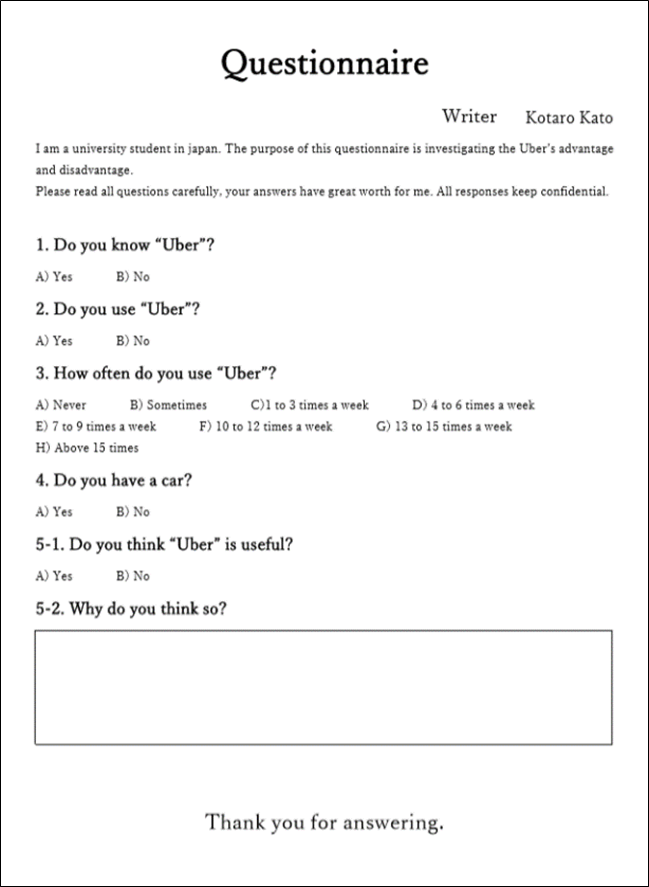
7. References
1) Uber – Wikipedia
https://ja.wikipedia.org/wiki/Uber
2) Problems with Ride hare’s Road Transportation Law: Akinari Watanabe
http://altmetrics.ceek.jp/article/id.nii.ac.jp/1410/00013125/
3) Kyushu University Academic Information Repository
http://hdl.handle.net/2324/1854770
4) Sharing economy lab
https://sharing-economy-lab.jp/uber-business-models
5) Garage sale- Wikipedia
https://en.wikipedia.org/wiki/Garage_sale
6)Product placement-Wikipedia
https://ja.wikipedia.org/wiki/product placement
7) gadget communication
https://getnews.jp/archives/341298


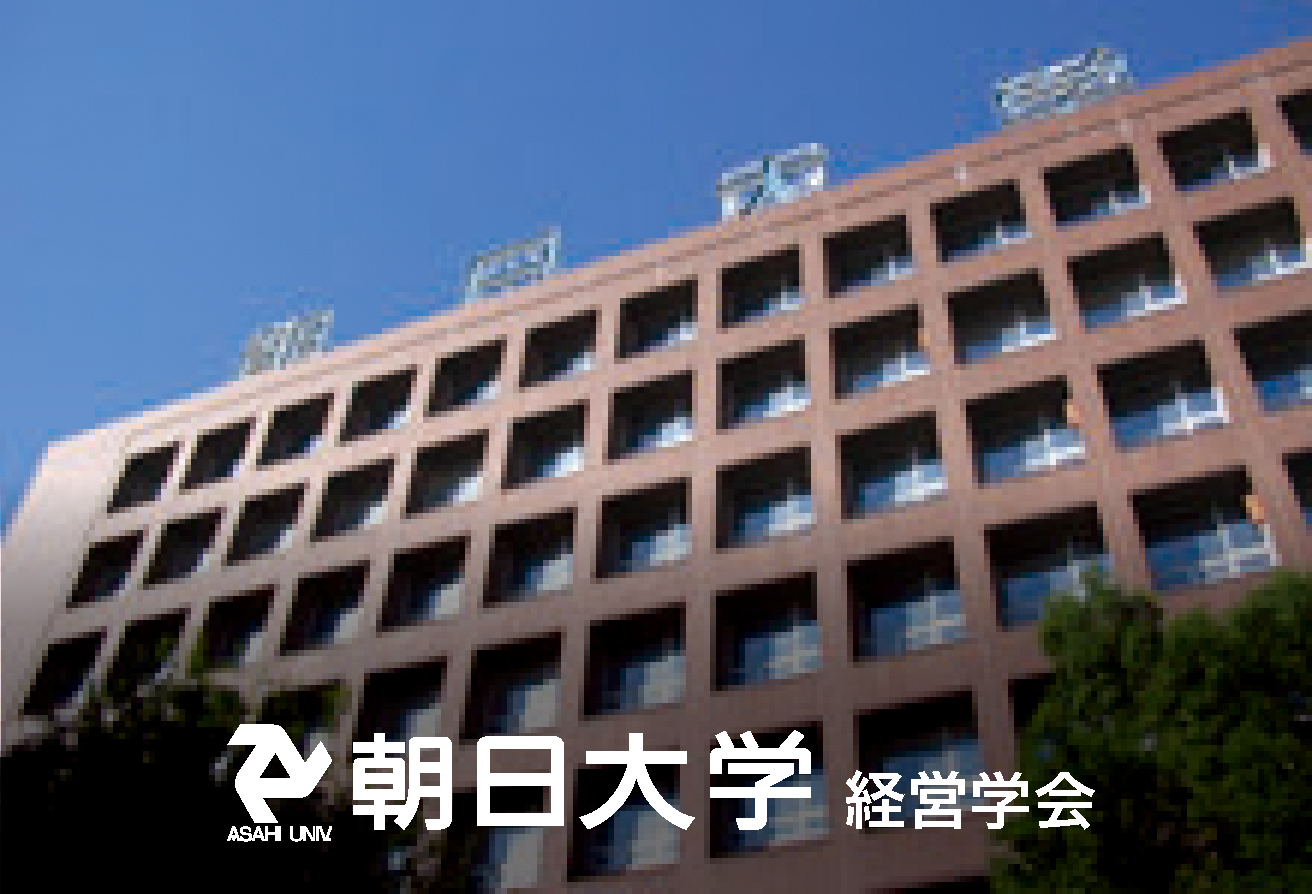

最近のコメント